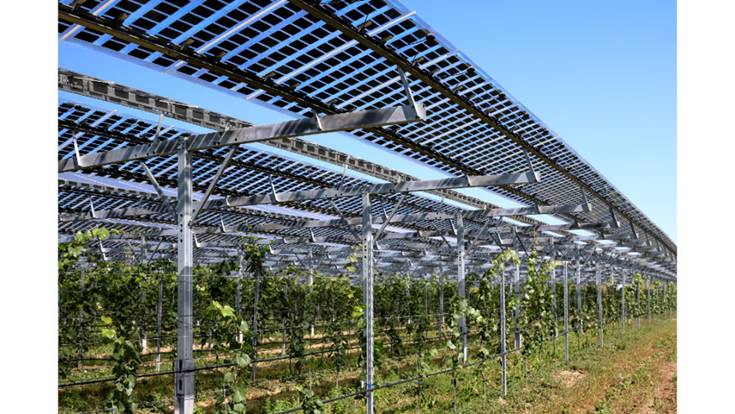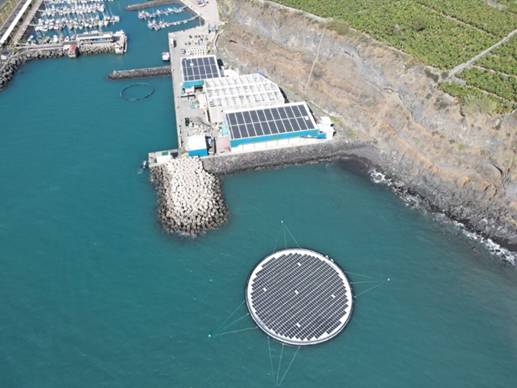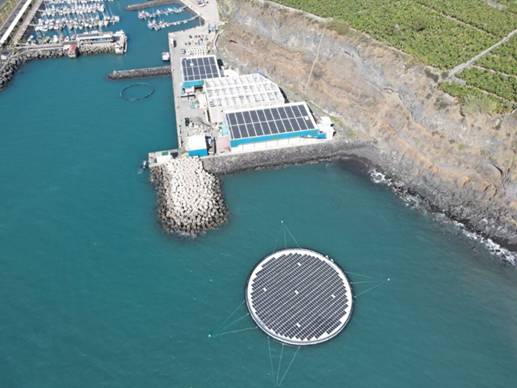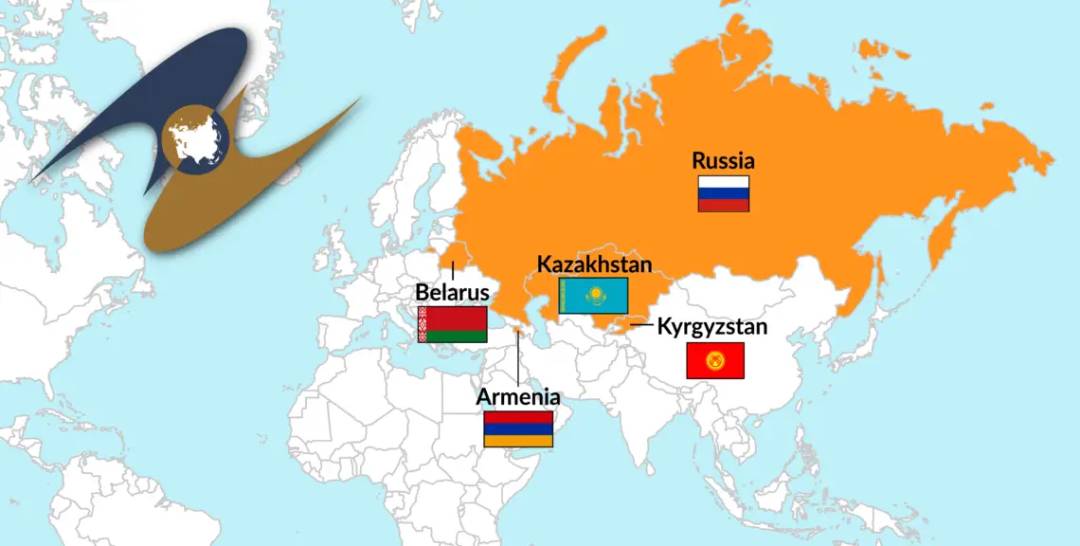NorSun Signs Long-Term Wafer Supply Agreement with Heliene
NorSun has temporarily closed its Norwegian facility and says it is now focusing on the U.S. market. (Photo credit: NorSun)

Image Source: Sourced from the Internet
NorSun, a European solar wafer manufacturer from Norway, has signed a long-term contract with North American solar module producer Heliene. Under the agreement, Heliene will purchase a variable quantity of wafers for its cell plant in the Minnesota metropolitan area of Greater Minneapolis-St. Paul, Minnesota, while NorSun will supply the latter from its 5GW wafer plant in Tulsa, Oklahoma, which is scheduled to start up in 2026.
This is NorSun's second major wafer supply contract in the U.S., after announcing its first contract with Silfab Solar in September 2023, and NorSun temporarily shut down its Årdal plant on Norwegian soil in September 2023, citing a lack of demand due to high Chinese inventories in the European market. The company is now focusing on its U.S. plant.
For Heliene, sourcing wafers from NorSun will expand the use of domestically manufactured materials from the U.S. in its modules, and in July 2024, Heliene announced a partnership with India's Premier Energies to build a 1GW/year solar cell plant in the U.S. The company has also announced that it will build a new solar cell plant in the U.S. in the near future.
IEA PVPS: Bifacial modules + tracking racking can benefit agricultural PV

Image Source: Sourced from the Internet
The use of bifacial modules and tracking racking in agricultural PV systems can help to efficiently realize dual use of land. (Illustrative image credit: Marina Lohrbach/Shutterstock.com)
The International Energy Agency's Photovoltaic Power Systems Program (IEA-PVPS) has released a report under Task 13, “Best Practices for the Optimization of BifaciaPhotovoltaic TrackingSystems2024 The. According to the report's recommendations, key measures for the optimization of BifaciaPhotovoltaic TrackingSystems include standardizing the ability to cope with rare and extreme weather conditions. The recommendations stem from a survey of 16 tracking mount companies with 87% market share and more than 13GW of PV system owners and operators worldwide, which found that more than 60% of PV systems use single-axis tracking mounts.
According to the report, more than 90 percent of solar cells manufactured in 2024 will be bifacial, and 95 percent of modules will be bifacial, 62 percent of which will be bifacial. Tracking mounts typically provide a 15% to 20% power gain for PV systems, compared to a 2% to 10% gain for bifacials. These systems provide the lowest levelized cost of electricity in about 90% of the world.
The report also recommends that developers deploy multiple sets of tracking mounts at a site, with each set running a different algorithm for testing to determine the best algorithm over the life of the plant. Additionally, the report mentions that while early research suggests that albedo enhancement materials (e.g., geosynthetics) may help improve performance, their economic viability is unclear.
For agro-PV systems, the report identifies design complexity and variability as major challenges. Standardization and large-scale manufacturing are difficult to achieve due to the different requirements of each crop and site. The report also suggests improving the power generation prediction model for bifacial tracking systems to improve the overall effectiveness of the system. The report reads, “The use of bifacial modules and tracking mounts in agricultural PV systems is particularly exciting because, if their viability can be demonstrated, they could make significant land available for renewable energy generation and help many smaller countries benefit from PV energy without sacrificing agricultural land.”
Ocean Sun receives Norwegian innovation funding to support development of its floating PV + freshwater harvesting system

Image Source: Sourced from the Internet
Ocean Sun says its photovoltaic floating device can combine power generation and freshwater harvesting. (Illustrative image credit: Ocean Sun)
Floating solar photovoltaic technology company Ocean Sun has announced that it has been awarded an unspecified amount of funding from Innovation Norway to advance a number of its key technologies, including a freshwater harvesting system. According to Ocean Sun, its 70-meter-diameter circular floating solar installation will collect between 8,400 and 12,000 tons of freshwater per year while generating between 1.0GWh and 1.5GWh of clean electricity per year. The company says this feature is a “game-changing” opportunity, as it could help island communities meet the challenges of limited space for renewable energy generation and scarce freshwater resources.
-------- END --------






